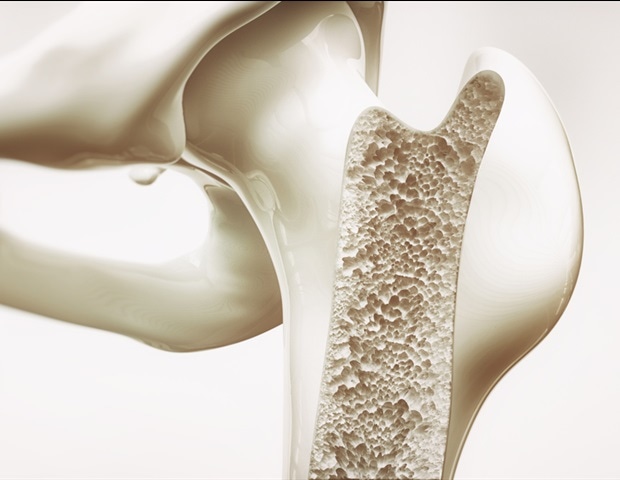Bone marrow plays a crucial role in maintaining hematopoietic stem cells and bone homeostasis. However, research has been hindered by a lack of effective markers and monoclonal antibodies to accurately identify rare LepR+ stromal cells. Traditional imaging techniques have struggled to capture these elusive cell populations and the sparse structures of bone marrow. As a result, there has been a growing need for a more precise imaging method to explore the functions and interactions of these cells within their native environment.
On January 13, 2025, a study (DOI: 10.1038/s41413-024-00387-9) published in Bone Research introduced a newly optimized imaging protocol designed to visualize LepR+ stromal cells within optically cleared murine bone hemisections. Conducted by a research team from the National Institute of Biological Sciences, Beijing, and collaborating institutions, the study provides an advanced tool for studying the architecture and cellular interactions within the bone marrow.
The research outlines a multi-step protocol beginning with tissue fixation to preserve the bone’s structure, followed by decalcification to remove minerals and cryosectioning to expose the marrow cavity. These preparatory steps are crucial for ensuring that the bone is ready for imaging. Afterward, immunostaining highlights LepR+ cells and other cellular components, a critical step in distinguishing the various cell types within the bone marrow. Optical clearing then enhances the transparency of the tissue, allowing deeper and more detailed imaging. This process, which takes about 12 days, results in highly transparent bone sections that can be analyzed using high-resolution confocal microscopy.
A key advancement in this study is the development of a novel monoclonal antibody that effectively targets bone marrow LepR+ cells. This antibody not only boosts the specificity and sensitivity of imaging but also cross-reacts with human LepR, extending the method’s application to human samples. Furthermore, the technique is versatile, applicable to various skeletal sites such as the calvaria and vertebrae, providing a comprehensive view of the bone marrow across different anatomical regions.
Dr. Bo Shen, the lead author of the study, described the imaging technique as a significant advancement for bone marrow niche research. “This innovative approach allows us to visualize the intricate interactions of LepR+ stromal cells with unprecedented clarity, offering new insights into stem cell niches and overcoming previous limitations,” Dr. Shen explained. “The development of a novel monoclonal antibody and a knock-in reporter allele further enhances our ability to study these cells in situ, pushing the boundaries of what we can understand about skeletal health and disease.”
The potential applications of this deep imaging technique are vast. Researchers can now study aging-related changes in the bone marrow niche, including inflammation, which is crucial for understanding the progression of age-related skeletal disorders. The ability to precisely visualize rare cell populations and their interactions with other cells within the bone marrow environment could also accelerate the development of targeted therapies for skeletal diseases. This breakthrough not only enhances our understanding of bone marrow biology but also sets the stage for clinical applications in regenerative medicine and therapeutic interventions.
Source:
Journal reference:
Ni, Y., et al. (2025). Deep imaging of LepR+ stromal cells in optically cleared murine bone hemisections. Bone Research. doi.org/10.1038/s41413-024-00387-9.
Source link : News-Medica

